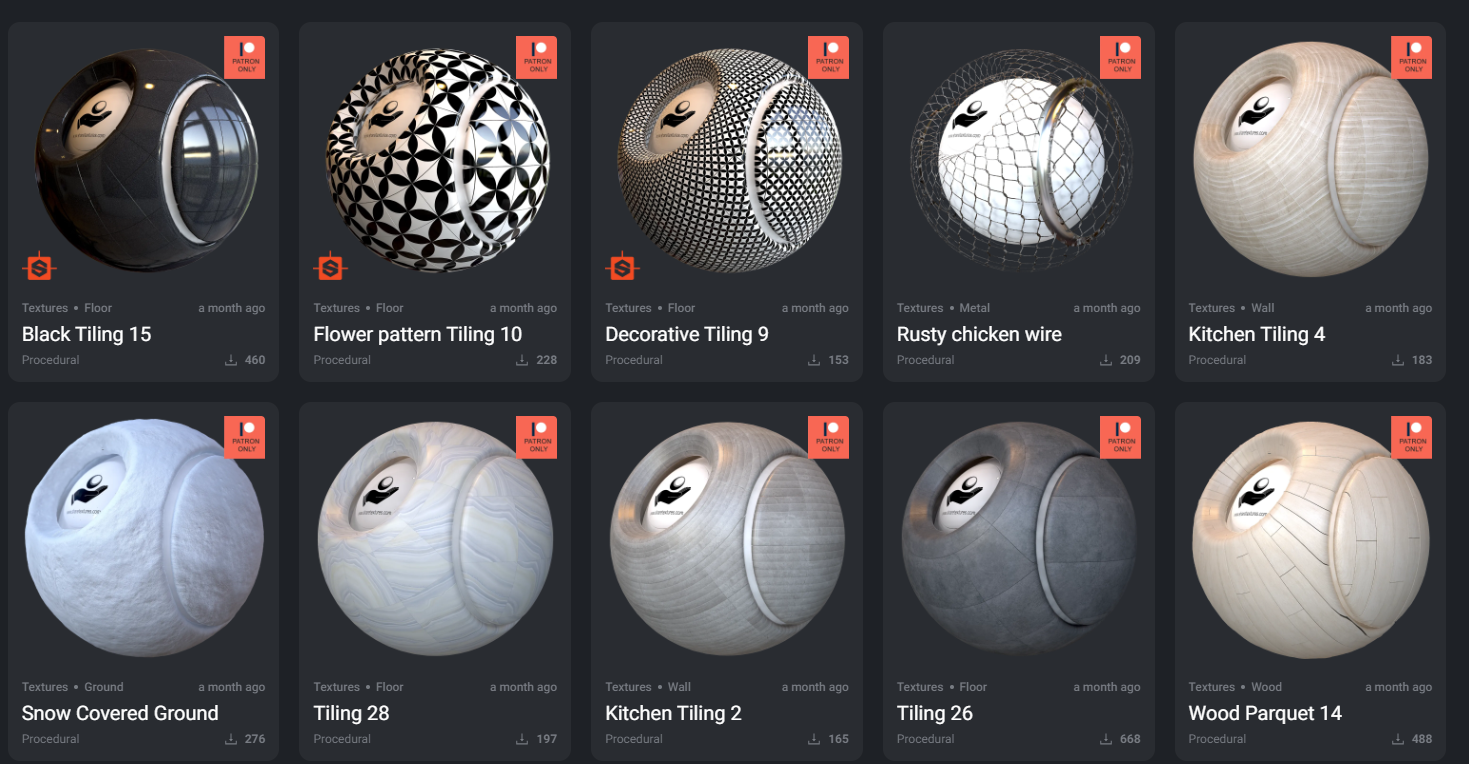What is PBR?
a year ago
PBR, or Physically Based Rendering, is a technique used to create realistic and accurate visualizations of 3D objects and environments. One important aspect of PBR is the use of high-quality textures to add realism and detail to 3D models.
PBR textures are typically created using high-resolution photographs or scans of real-world materials. These images are then processed and manipulated to create texture maps that can be applied to 3D models. The resulting textures are designed to be as realistic and accurate as possible, in order to create highly realistic and immersive 3D environments.
PBR textures can be used for a wide variety of applications, including computer graphics, video games, virtual reality, and more. They are an essential tool for creating high-quality, realistic 3D models and environments, and are widely used in the entertainment industry and beyond.
There are several different types of PBR textures, including diffuse maps, normal maps, specular maps, and more. Each of these pbr textures serves a specific purpose and helps to create a more realistic and accurate representation of the material being modeled.
In summary, PBR textures are high-quality, digitally created images that are used to add surface detail and realism to 3D models. They are an essential tool for creating accurate and immersive 3D environments and are widely used in a variety of industries

PBR maps are digital images that are used to add surface detail to 3D models. These maps are designed to mimic the way that light interacts with different materials in the real world. This includes the way that light is absorbed, reflected, and scattered by different materials, as well as the way that these materials interact with different lighting conditions.
There are several different types of PBR maps, each of which serves a specific purpose in creating a realistic and accurate representation of the material being modeled. Some of the most common types of PBR maps include:
- Diffuse maps: These maps define the overall color and appearance of a material, as well as the way that light is absorbed and scattered by the surface.
- Normal maps: These maps define the surface details and imperfections of a material, such as bumps, scratches, and other small details.
- Specular maps: These maps define the way that light is reflected off of a material, including the intensity and color of the reflection.
- Roughness maps: These maps define the roughness or smoothness of a material, which can affect the way that light is scattered and reflected by the surface.
- And more...